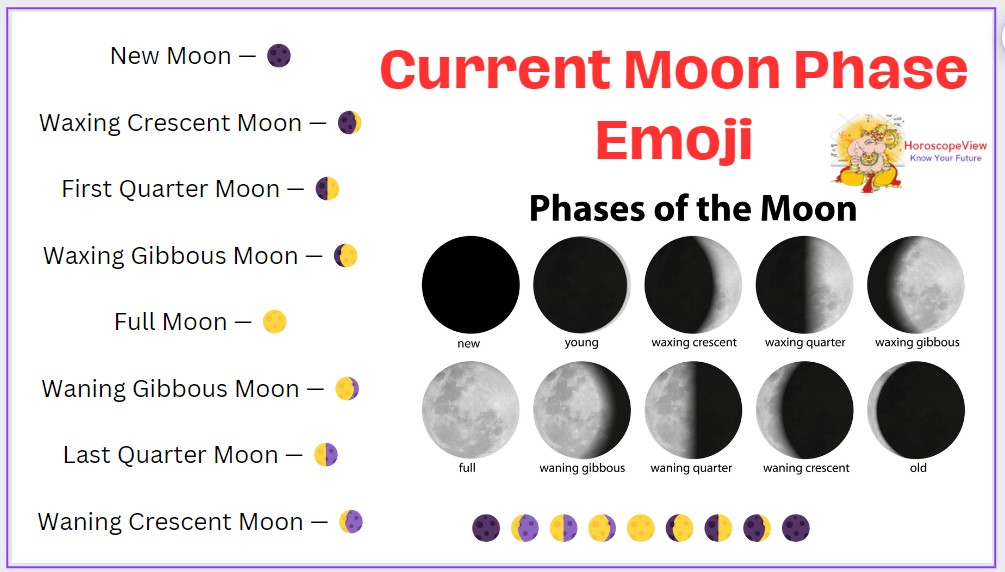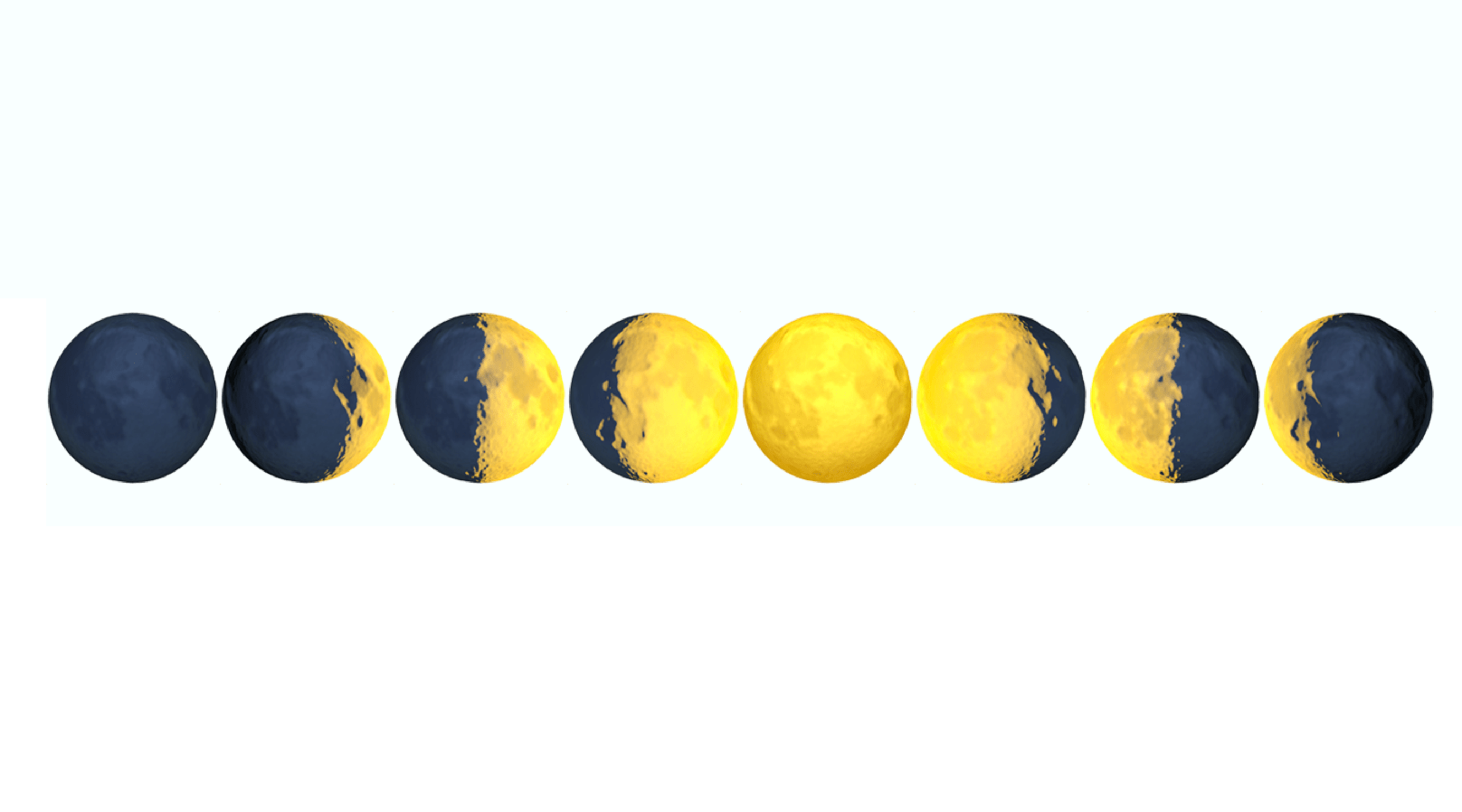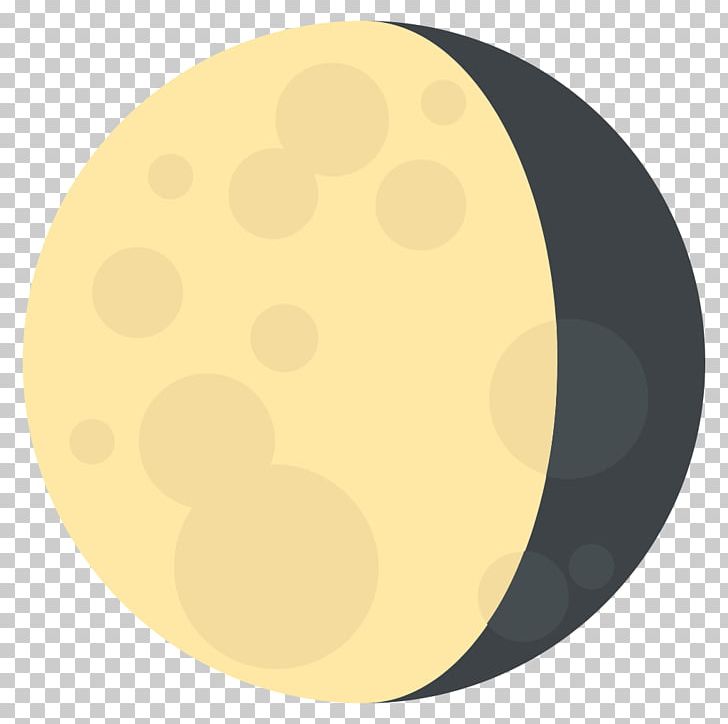Understanding The Current Phase Of The Moon As An Emoji
The moon has captivated human imagination for centuries, influencing everything from folklore to agriculture. Today, with the rise of digital communication, the moon has found a new place in our lives—through emojis. The current phase of the moon as an emoji serves as a simple yet profound way to connect with nature, express emotions, or even plan activities. In this article, we will explore the significance of the moon in our daily lives, how its phases affect us, and how we can represent these phases using emojis.
In a world driven by technology and visual communication, emojis have become a universal language, transcending barriers of culture and language. The current phase of the moon as an emoji allows us to convey messages about our moods, aspirations, and even our plans based on lunar phases. Whether you're a fan of astrology, an avid stargazer, or simply someone looking to share a piece of nature, understanding how to use the moon emoji can enhance your digital conversations.
As we delve into the fascinating relationship between the moon and our lives, we will uncover the various phases of the moon, their meanings, and how they can be represented through emojis. From the enchanting New Moon to the radiant Full Moon, each phase brings its own unique energy and symbolism. Let’s embark on this enlightening journey together, exploring how the current phase of the moon as an emoji can enrich our understanding of both the cosmos and our own emotional landscapes.
What are the Different Phases of the Moon?
The moon goes through various phases as it orbits the Earth, and each phase has distinct characteristics and meanings. Here’s a breakdown of the primary phases:
- New Moon: The moon is not visible, symbolizing new beginnings.
- Waxing Crescent: A sliver of the moon appears, representing hope and growth.
- First Quarter: Half of the moon is illuminated, symbolizing determination and decision-making.
- Waxing Gibbous: More than half is illuminated, indicating progress and anticipation.
- Full Moon: The moon is fully illuminated, symbolizing fullness, completion, and realization.
- Waning Gibbous: The illumination begins to decrease, representing reflection and gratitude.
- Last Quarter: Again, half of the moon is illuminated, symbolizing release and letting go.
- Waning Crescent: A small crescent remains, indicating rest and preparation for new beginnings.
How is the Current Phase of the Moon Represented as an Emoji?
The current phase of the moon as an emoji can be represented in various ways, depending on the specific phase. Here’s how each phase is typically depicted:
- 🌑 New Moon
- 🌒 Waxing Crescent
- 🌓 First Quarter
- 🌔 Waxing Gibbous
- 🌕 Full Moon
- 🌖 Waning Gibbous
- 🌗 Last Quarter
- 🌘 Waning Crescent
Why Use the Current Phase of the Moon as an Emoji?
Using the current phase of the moon as an emoji can serve multiple purposes:
- Emotional Expression: Different phases can resonate with our feelings, helping us articulate our emotions.
- Planning: Many people align their activities with the moon’s phases, such as gardening or rituals.
- Social Connection: Sharing moon phases can create a sense of community among those who appreciate astrology or nature.
- Artistic Inspiration: The moon has been a muse for artists and creators throughout history.
How Can You Determine the Current Phase of the Moon?
Determining the current phase of the moon is easier than you might think. Here are a few methods to find out:
What is the Cultural Significance of the Moon?
The moon has held cultural significance across various civilizations throughout history. Here are some notable examples:
- Mythology: Various cultures have deities associated with the moon, such as Selene (Greek) and Chandra (Hindu).
- Agriculture: Many farming communities have used lunar cycles to determine planting and harvesting times.
- Festivals: Celebrations like the Mid-Autumn Festival and Lunar New Year highlight the moon's importance in cultural practices.
How Does the Moon Affect Human Behavior?
Many people believe that the moon influences human behavior, a concept often referred to as the "lunar effect." Some common beliefs include:
- Sleep Patterns: Some studies suggest that the full moon may disrupt sleep quality.
- Mood Swings: The lunar cycle is often linked to increased emotional intensity.
- Crime Rates: Folklore suggests that more crimes occur during the full moon, although studies offer mixed results.
What is Your Personal Connection to the Moon?
Reflecting on one’s personal connection to the moon can be a deeply enriching experience. Here are some questions to consider:
Conclusion: Embracing the Current Phase of the Moon as an Emoji
The current phase of the moon as an emoji is more than just a digital representation; it connects us with the rhythms of nature and our own emotional landscapes. By understanding the meanings behind each phase, we can enhance our communication, deepen our connections with others, and cultivate a greater appreciation for the universe around us. So, the next time you send a message, consider adding the current phase of the moon as an emoji—it might just spark a meaningful conversation!



ncG1vNJzZmivp6x7s7HBnqOrmZ6YtbjFzmeaqKVfnru0tcahq6xtX5jCs77Ep6tmqJiWwKZ5zp9kraCVYrqwu81mmKxlkaN6prnOo6BnoKSiuQ%3D%3D